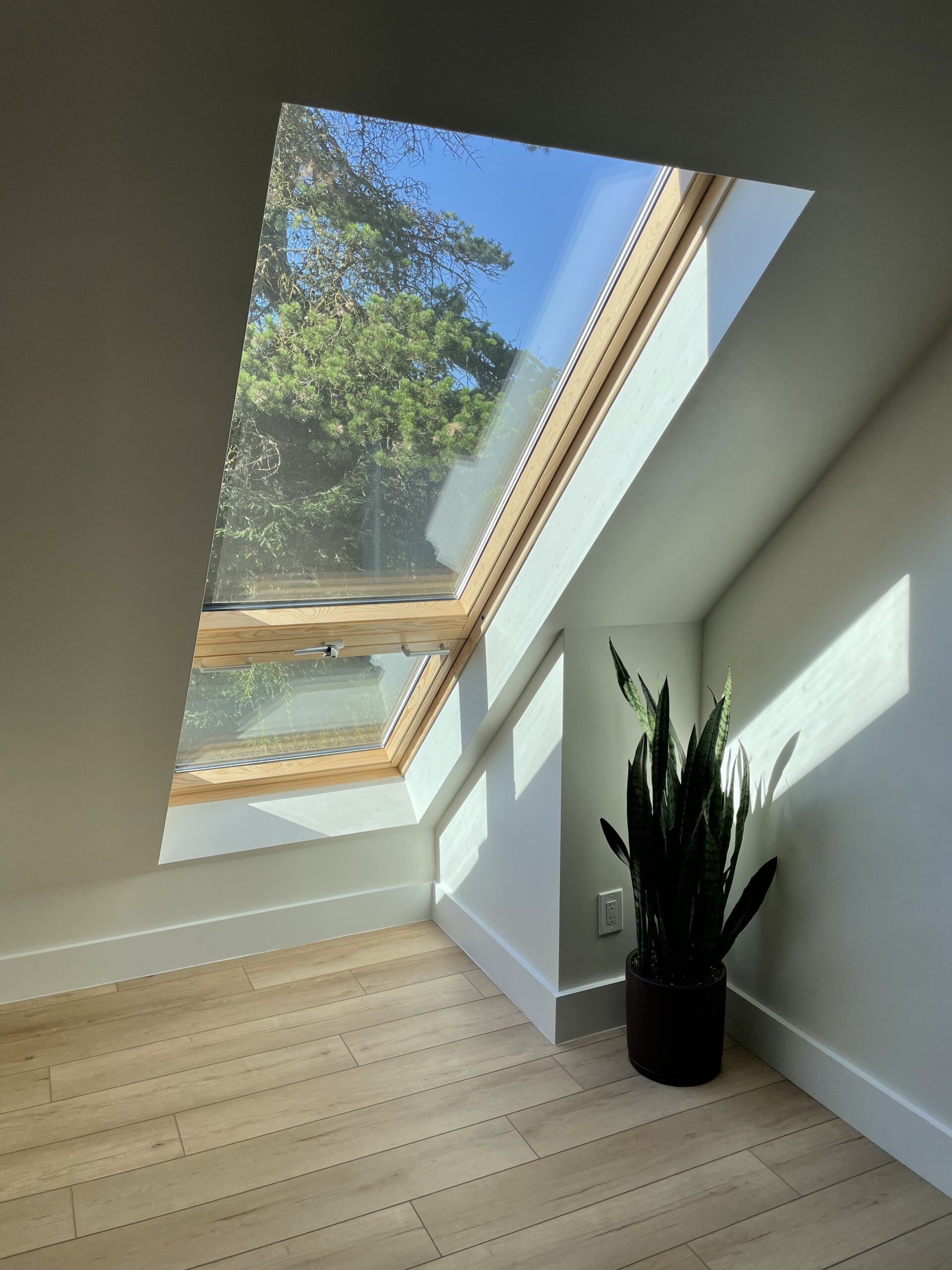Heating homes is a significant drain on energy resources in the United States, ranking just behind the transportation sectors of passenger cars and trucking.
Fortunately, homeowners have alternatives beyond the traditional reliance on electricity or natural gas. Research from the University of Oregon has demonstrated that even in the typically cloudy regions of Western Oregon and Washington, a substantial portion of residential heating demands can be met through strategically placed and managed skylights.
Alexandra Rempel, a building scientist at the University of Oregon, has been exploring the effectiveness of passive solar heating in cloudy climates. Passive solar heating, which involves capturing the sun’s warmth through windows, directly warms the air and surfaces inside a home, reducing the need for conventional heating.
This method of heating is especially crucial considering that home heating accounts for about 8% of all carbon dioxide emissions contributing to climate change in countries affiliated with the International Energy Agency, including the U.S. and Canada.
The recent study by Rempel and her team found that solar radiation can potentially cover one-third of the nation’s residential heating needs if homes are equipped with 100 square feet of south-facing skylights. This discovery is backed by data combining home energy use and satellite observations of solar radiation.
Alan Rempel, an earth scientist involved in the study, emphasizes the importance of the timing of this energy availability, not just the quantity. While passive solar energy might not replace heating systems entirely, it can significantly reduce heating costs during milder seasons.
In regions like Western Oregon and Washington, properly positioned skylights could provide about three megawatt-hours of heating energy annually per home—enough to power an average U.S. home for more than three months. The potential increases in less cloudy areas, such as the eastern parts of these states, although heating costs there are higher.
Despite these benefits, the adoption of passive solar techniques has been slow. Builders like Scott Kosmecki of Hinge Build Group advocate for passive solar but acknowledge the challenges in capturing and controlling this energy efficiently.
The study also discusses the design considerations for maximizing solar heat gain, such as the optimal angles for skylight placement in cloudy climates, which range from 45 to 60 degrees above horizontal.
Although implementing optimal skylight angles in existing buildings may be costly, the research suggests substantial local and grid-wide benefits could justify incentivizing such initiatives, particularly in new constructions.
This research, highlighting the tangible benefits of passive solar heating, was published in the Journal Renewable & Sustainable Energy Reviews. It points to significant opportunities for both energy savings and environmental benefits at a time when reducing reliance on fossil fuels is critical.

